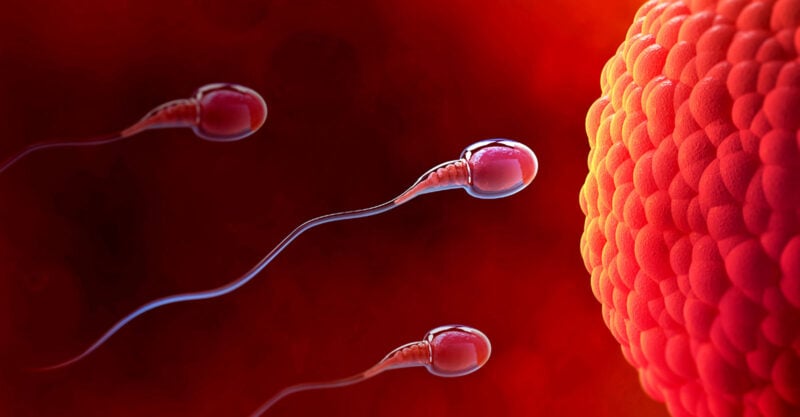Miss a day, miss a lot. Subscribe to The Defender's Top News of the Day. It's free.
Sperm counts are declining worldwide — and at a rate more than double that since the turn of the century — according to Shanna Swan, Ph.D., author of “Count Down: How Our Modern World Is Threatening Sperm Counts, Altering Male and Female Reproductive Development, and Imperiling the Future of the Human Race.”
Swan, one of the world’s leading environmental and reproductive epidemiologists and a professor of environmental medicine and public health at the Icahn School of Medicine at Mount Sinai in New York City, said seven more years of data recently added to her previous analyses confirm her conclusion.
“I’ve been studying this for a long time,” Swan said last month in an “After Skool” video segment, “and I and my colleagues published a paper in 2017, which went viral when we concluded sperm counts had declined over the past 50 years.”
“We decided because of the great interest in it, that we should expand that paper and bring it up to date,” Swan said. The updated and expanded paper was published in Human Reproduction Update in November 2022.
Swan said seven more years of data “doesn’t sound like very much when you have almost 50 years, but it’s important because it’s now and people are most concerned about what’s happening now.”
In their new analysis, Swan said she and her colleagues found two “really important” things.
First, recent studies from South America, Asia and Africa confirmed the decline in sperm count Swan reported in 2017 was not just an issue in North America and Europe.
“Now we can say that our finding of a significant decline in sperm concentration and count is worldwide — so that was a big change from the 2017 paper.”
Second, the new analysis showed the rate of decline is accelerating.
“Since the turn of the century, the rate is 2.64 per year — that’s more than double 1.16, which was the prior finding,” Swan said.
Toxic chemicals in plastics likely culprit behind decline
What’s causing the decline? “That’s the question on everybody’s minds,” Swan said.
The cause can’t be genetic because “genetic changes take many generations and we’re looking at a little over two generations now,” Swan said.
Environmental factors — especially exposure to phthalates, bisphenols and other toxic chemicals — likely play a big role, Swan said.
For example, phthalates, used to soften plastics, are endocrine-disrupting chemicals that have been found to lower testosterone levels in males and negatively affect the anogenital distance — a measure of genital development — in boys as they develop in utero.
Swan also noted that “in our studies, we asked women about their sexual satisfaction and those who had higher levels of phthalates in their body had less sexual satisfaction.”
Moreover, there’s a “whole literature” on how testosterone is “an essential for libido” so what is happening worldwide, Swan said, has “consequences not only for population size but also for population satisfaction.”
Swan said she does not believe there is a “deliberate” effort by global actors to reduce human fertility.
“I think it’s economic,” she said:
“People want these products [that contain endocrine-disrupting chemicals] because they’re seen as modern and part of everyday life and necessary for our survival, and it’s kind of an addiction.”
Most of these chemicals are the natural byproduct of fuels like coal, she said, so there’s an economic incentive for the fossil fuel industry to monetize those byproducts by turning them into products consumers will buy.
“We’re going to have to find safer alternatives with which to make these products,” she said.
We also need more regulation to push companies to make the change to safer alternatives. As it is now, companies have no financial incentive to change.
Swan also recommended more research be conducted on human reproductive health.
“You look at research agendas all the way up to the NIH [National Institutes of Health] and reproduction is not there,” Swan said. “There’s cancer, there’s birth defects, there’s diabetes and there’s neurology but reproduction is a ‘poor stepchild.’”
“The more we can recognize this as a societal problem and put more resources there, the better off we’ll be,” Swan said.
Watch here:





